Learn about trademarks
Find out if trademark is right for you.
We can only register your trademark as long as it fulfills certain requirements. First and foremost, it must be distinctive and not be able to be confused with older registered rights. In addition, there are a few other requirements which you can read more about here.
When you apply for a trademark registration, there are in particular two requirements that are deciding factors in assessing if we can register the trademark. Firstly, the trademark must have a distinctive character, which means that it must function as an identity marker that distinguishes your products from others'. Secondly, the trademark applied for cannot be so similar to an earlier mark that consumers will confuse the marks.
The Norwegian Industrial Property Office cannot register marks that are misleading. A trademark is misleading if it misguides the consumer about essential aspects of the goods and services. This could, among other things, be trademarks that misinform about what the product actually is, what the purpose of the product is or what geographic origins the product has.
Even if a trademark is so similar to someone else's trademark that it gives the impression of a commercial connection between the trademarks, this mark is not misleading. In such a case, there is a risk of confusion.
A misleading trademark, is a mark that is misguiding regarding the products which it is applied for.
When the Norwegian Industrial Property Office assesses whether a mark is likely to mislead, we concider whether the information in the mark matches the list of goods. We are looking for any contradictions between the mark itself and the goods/services the mark is to be used on.
There is no reason to assume that anyone is applying for a trademark that actually is intended to mislead customers. We therefore do not see the mark as misleading if a non-misleading use of the mark is possible.
*fictitious example
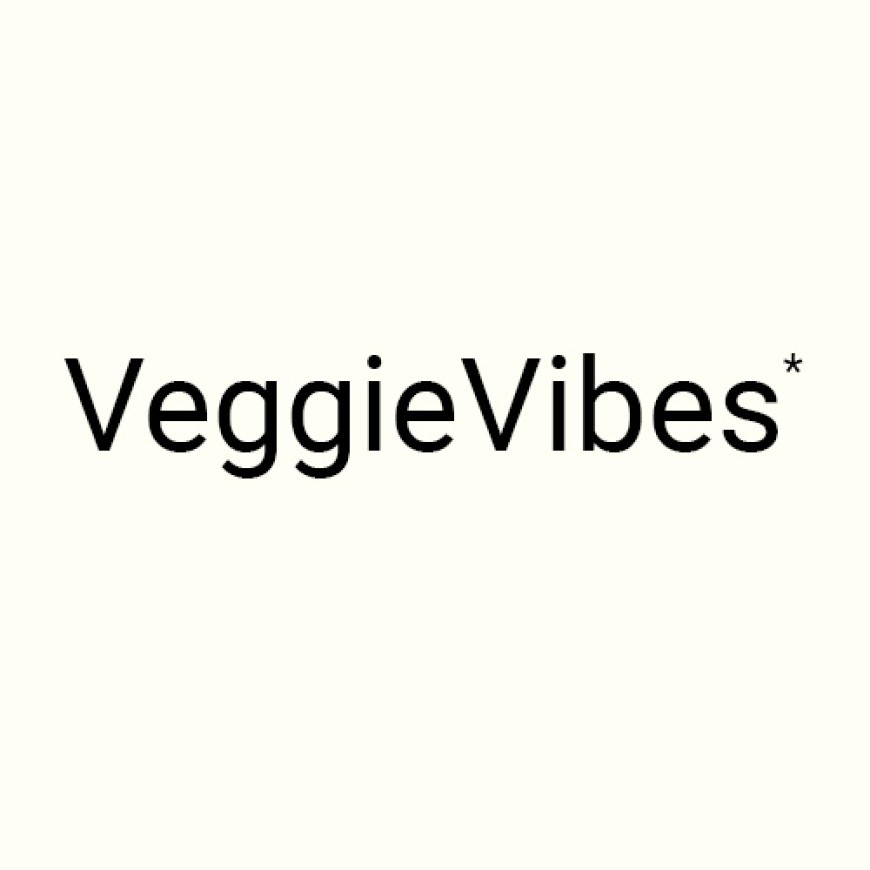
Applied for “beef meatballs” in Class 29
The mark text VeggieVibes gives the impression that the goods are vegetarian, but the mark is applied for products made from meat.
Meat products and vegetarian alternatives are goods that can be perceived to be in the same category, the goods can be almost identical in appearance, and they can be located in the same area of the grocery store.
It is therefore easy for customers to be misled into buying regular meatballs, when they want vegetarian “meatballs”.
Conclusion: The mark is misleading.
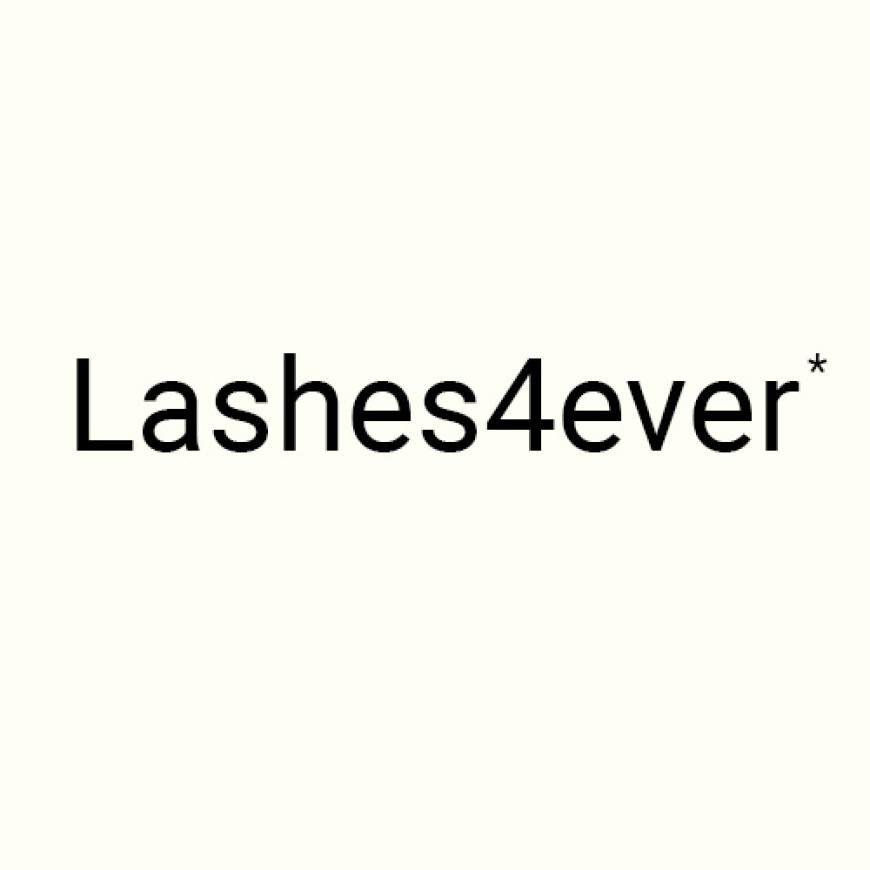
Applied for “lipstick” in Class 3
The word LASHES gives the impression that the goods are for eyelashes, but the mark is applied for for lipstick. Cosmetic products for eyelashes and lipstick may come in similar packaging and be sold in the same outlets. There is therefore a chance that the consumer will make a mistake and thus be misled by the mark.
Conclusion: The mark is misleading.
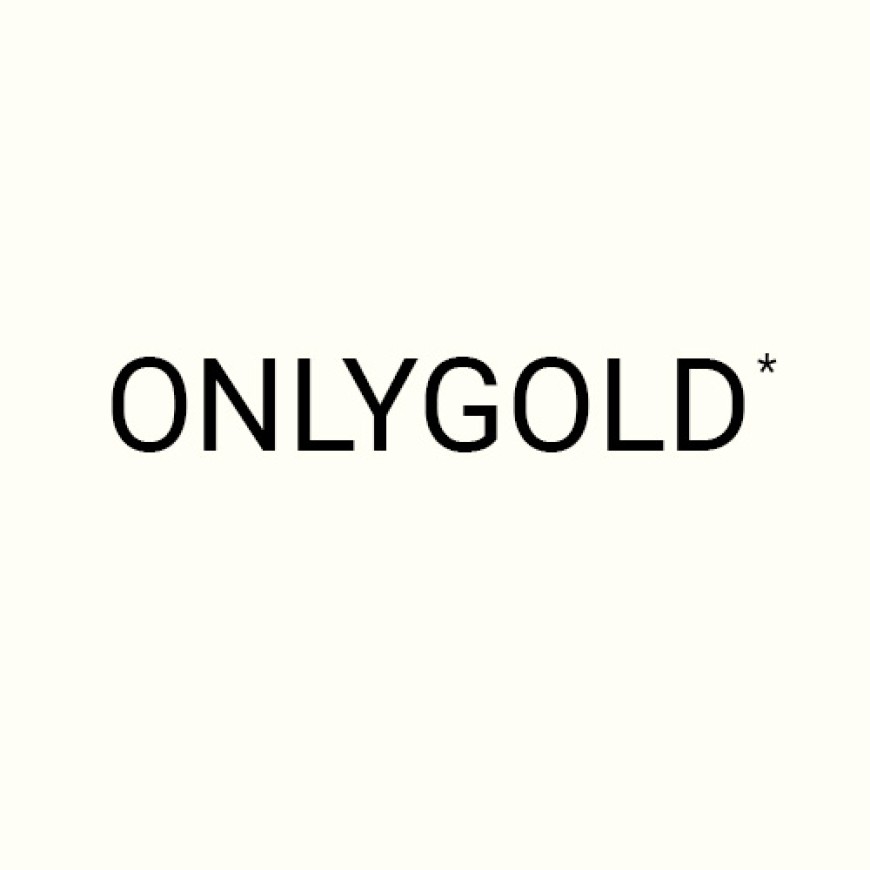
Applied for “jewelry” in class 14.
The mark text ONLYGOLD for “jewelry” gives the impression that the jewelry is made of gold.
Since the product description “jewelry” includes jewelry made of gold, a non-deceptive use of the mark is possible. As mentioned above, the Norwegian Industrial Property Office does not allege deception in such cases.
Conclusion: The mark is not misleading.
The Norwegian Industrial Property Office cannot register marks that are contrary to "morality" or "public order".
Marks that contravene "morality" are marks that may seem offensive, insulting or hurtful to people with normal perceptions and attitudes.
Marks that contravene "public order" are marks that violate general principles and standards of fundamental importance to the state and the society.
The Norwegian Industrial Property Office cannot take the applicant's possibly good intentions into account. We must base our assessment on how the trade mark in question generally will be perceived when it is used for the goods and services for which it is applied for, regardless of how the applicant actually intends to use the mark.
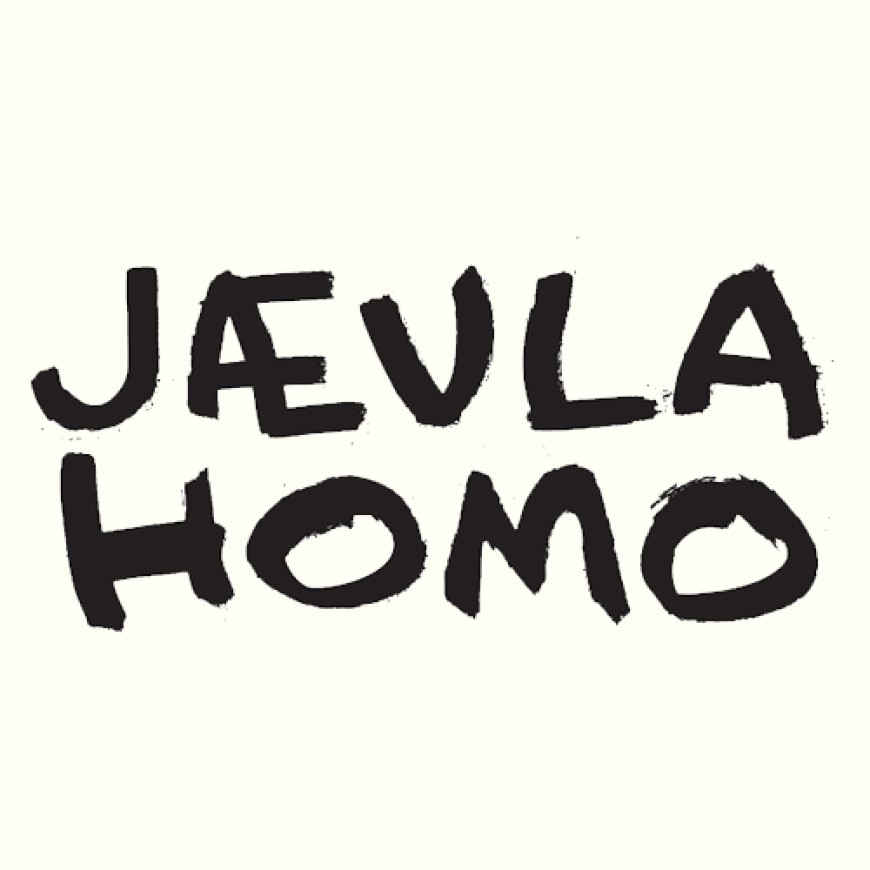
Applied for, among other things, “clothing” in class 25 and “entertainment services” in class 41.
Case number: 201703254
The trademark JÆVLA HOMO was applied for by NRK, and was the name of a documentary series that was to investigate why it is still difficult to be gay in Norway.
As mentioned, the applicant's good intentions are not a relevant consideration when assessing whether a trademark is contrary to “morality” and “public order”. The Norwegian Patent Office could not attach importance to the fact that NRK had good intentions in applying for the trademark and using the expression JÆVLA HOMO.
The text JÆVLA HOMO is a foul slur about homosexuals. It will therefore be offensive to many people. In Norway, it is also a fundamental and statutory principle to promote equality and prevent discrimination on the basis of sexual orientation.
Conclusion: Contrary to “morality” and “public order”.
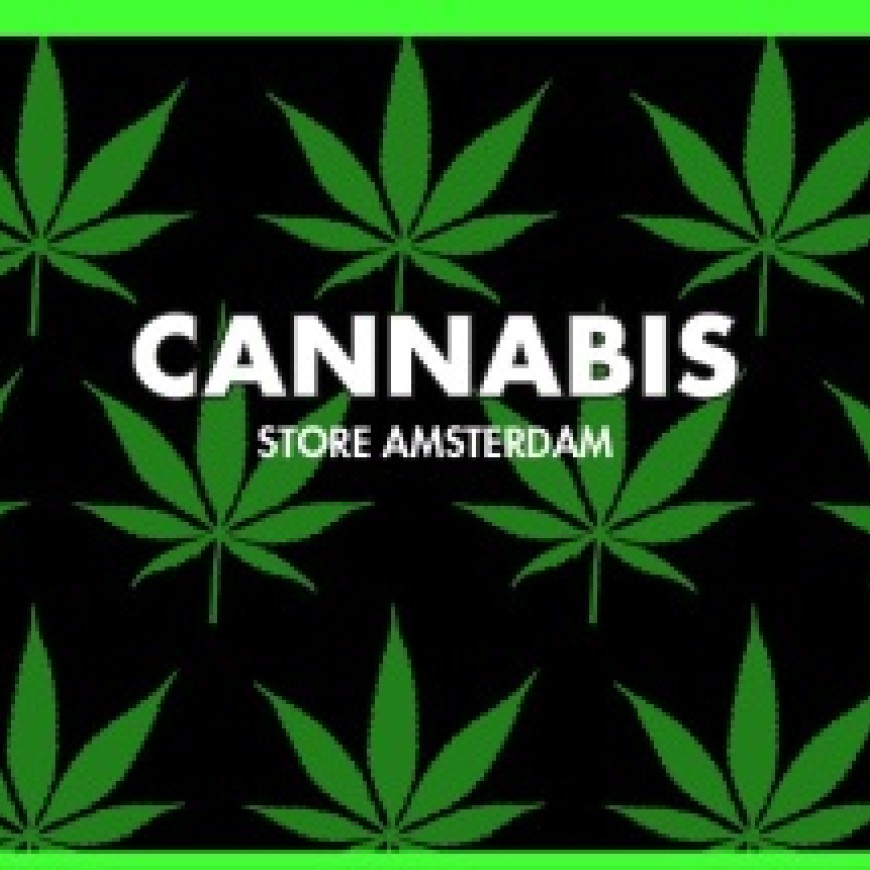
Cannabis applied for as a trademark for, among other things, "chocolate" in class 30.
Case number: T-683/18
Cannabis is an illegal drug, due to the fear of health damage and addiction. The mark is therefore contrary to fundamental principles and standards in Norwegian society.
Conclusion: Contrary to "public order".
The Norwegian Industrial Property Office cannot register a trademark that is liable to be perceived as another person’s name, stage name or portrait, unless it obviously refers to a person who is long dead.
This is intended to protect specific persons and bearers of protected family names, so that they avoid seeing their name used commercially or associated with something they do not wish to be associated with. The same applies to portraits of specific persons, which you cannot register as a trademark without consent. The limit for protected surnames is 200 bearers, and if you do not have the name yourself, you must obtain consent of all bearers to be able to use the name as a trademark.

Applied for, among other things, “clothing” and “football shoes” in class 25.
Case number: 202211804
Erling Braut Haaland is considered one of the world's best football players. When the name HAALAND is used on goods such as “clothing” and “football shoes”, this will only be perceived to designate the football player Erling Braut Haaland.
When this mark is applied for by someone other than Erling Braut Haaland himself, the mark must be refused on the grounds that it consists of something that is perceived as someone else's name.
Conclusion: Not registrable. The mark consists of something that is likely to be perceived as someone else's name.
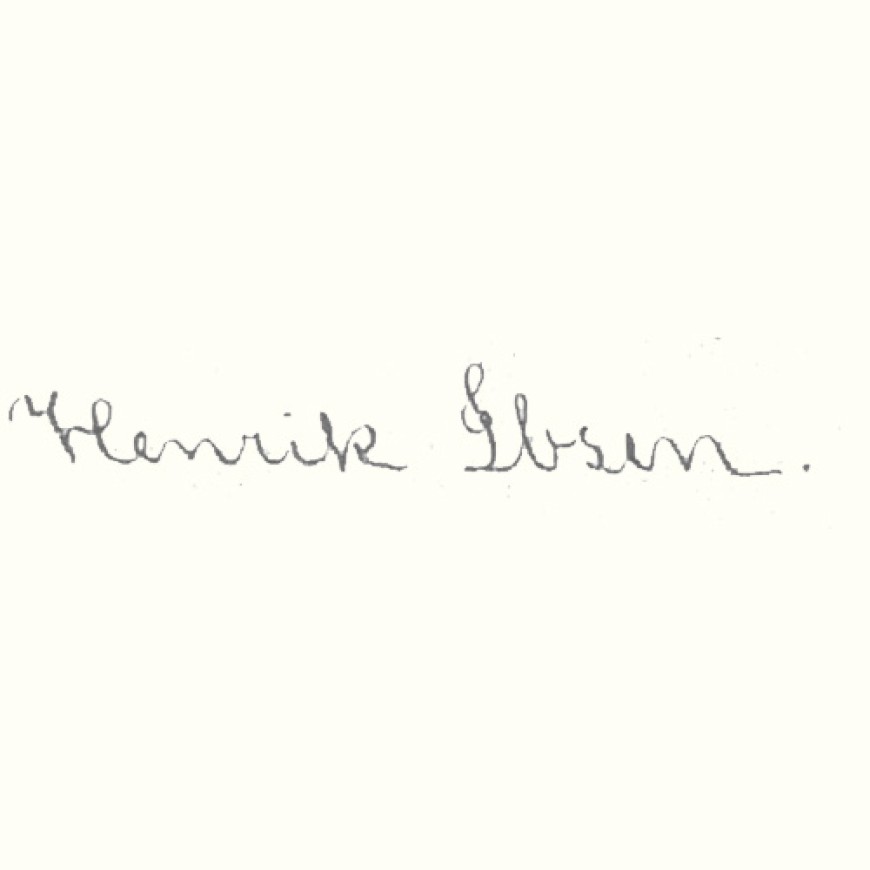
Applied for, among other things, "stationery" in class 16 and "suitcases" in class 18.
Case number: 200502418
The mark consists of the signature of Henrik Ibsen. The applicant in this case was the Norwegian Folkemuseum. The mark is initially likely to be perceived as someone else's name.
However, since Ibsen died in 1906, he is a "long-dead person", and the ground for refusal that applies to marks designating specific persons does not apply.
Conclusion: The mark refers to a "long-dead person".
The Norwegian Industrial Property Office cannot register a trademark consisting of a plant variety denomination. This applies if the trademark is applied for goods that are of the same or similar categories as the plant variety, typically fresh fruit and vegetables, seed corn, seeds and the like.
The plant variety denomination is the most precise term for a plant in biological systematics, and indicates a subgroup of a species. For example, "aroma" and "discovery" are two varieties of the species "apple", while "folva" and "pimpernell" are two varietis of the species «potato». The denominations tell us which variety we have within a certain species. The variety denomination has a specific function, and it cannot simultaneously function as a trademark.
The rule applies to variety denominations for plant varieties with plant breeders' rights in Norway and in states that are members of UPOV (The International Union for the Protection of New Varieties of Plants).
When processing applications, the Norwegian Industrial Property Office examines the database of the CPVO (Community Plant Variety Office) - Variety Finder, in order to find relevant variety denominations.
A plant variety denomination can also describe different goods. For example, the variety denomination «aroma» will be descriptive of apple juice, since this only tells us that the apple juice is made from the apple variety «aroma». (link to info on distinctive features?).
In certain cases, a plant variety denomination can also be misleading. If the trade mark is DISCOVERY and the application concerns "juice of aroma apples", consumers will be misled into thinking that the juice is made of discovery apples.

Is it possible to register the trademark DISCOVERY for “trees”, “fresh fruits”, “fresh vegetables”, “potatoes” and “apples”?
It cannot be registered for “trees”, “fresh fruits” and “apples” because discovery is a variety name for apple.
However, because neither “potatoes” nor “fresh vegetables” are apples or closely related to apples, the trademark can be registered for these goods.
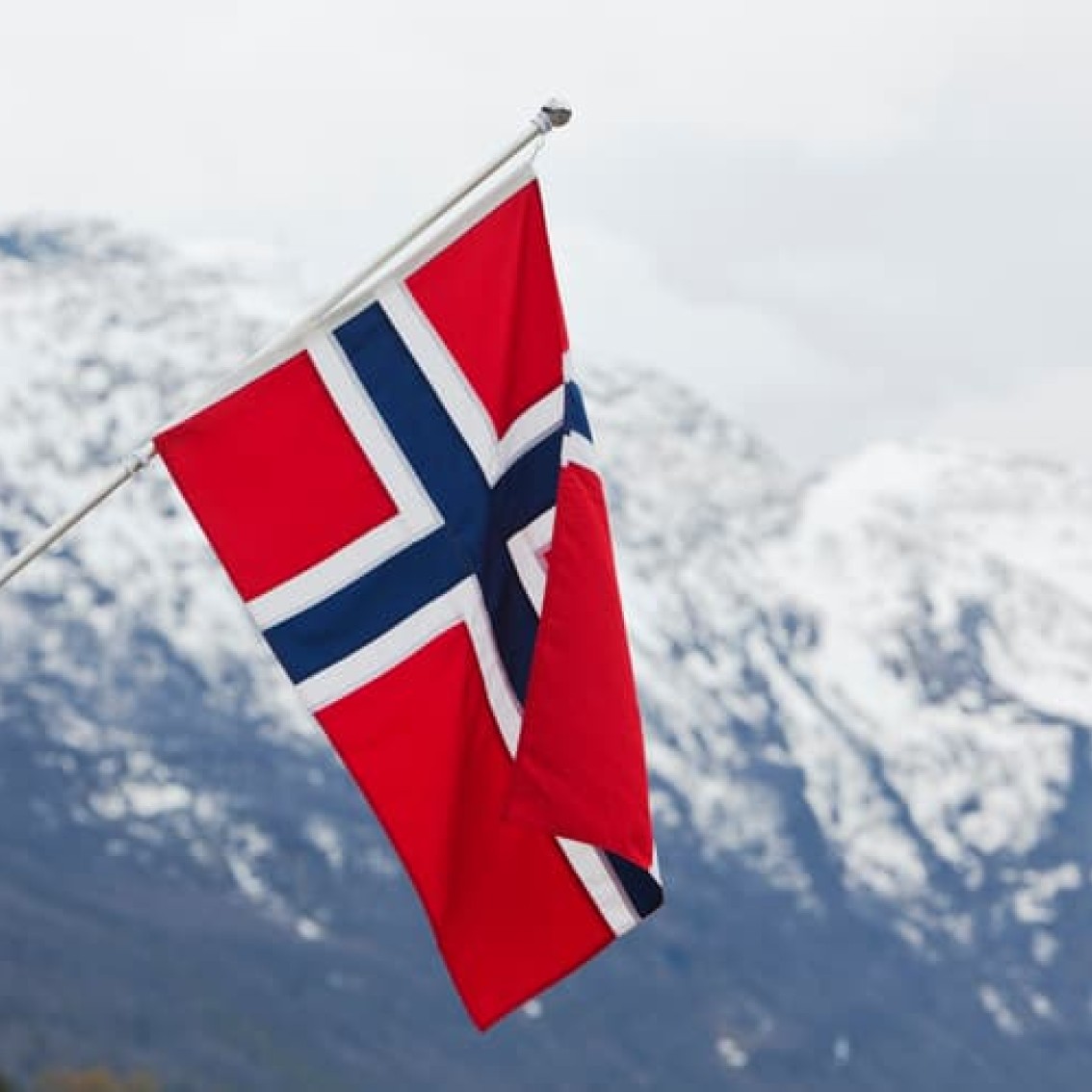
The Norwegian Industrial Property Office cannot register trademarks that contain national flags or national coats of arms without permission from the relevant authorities.
We also cannot register trademarks that contain the emblem of the Red Cross or other symbols that have special protection, such as the UN flag or the emblem of the Council of Europe.
There are also a number of other reasons for refusal. These can be found mainly in Sections 14, 15 and 16 of the Norwegian Trademarks Act. The grounds for refusal include, among other things:
The reasons for refusal mentioned on this page apply to the registration of trademarks, not to the use of marks. Even if a mark cannot be registered, it does not necessarily mean that you cannot use the mark. However, there are many advantages to having a registered trademark, because this gives you a documented exclusive right to use the mark in commercial activities.